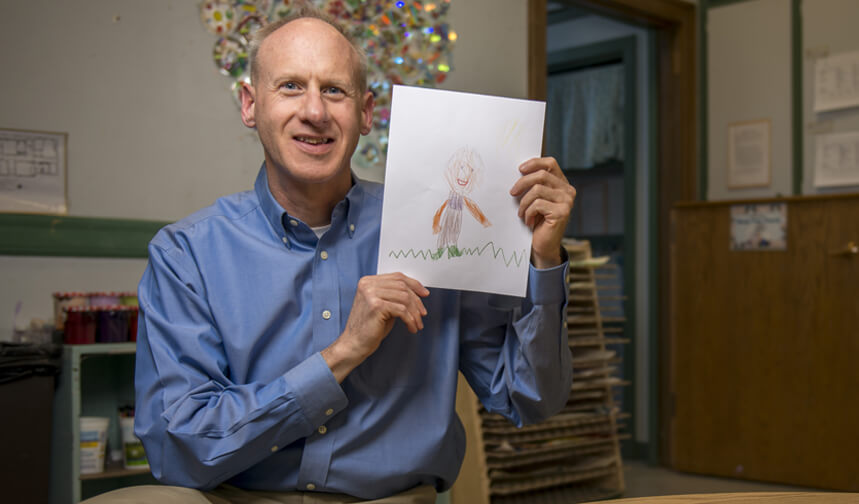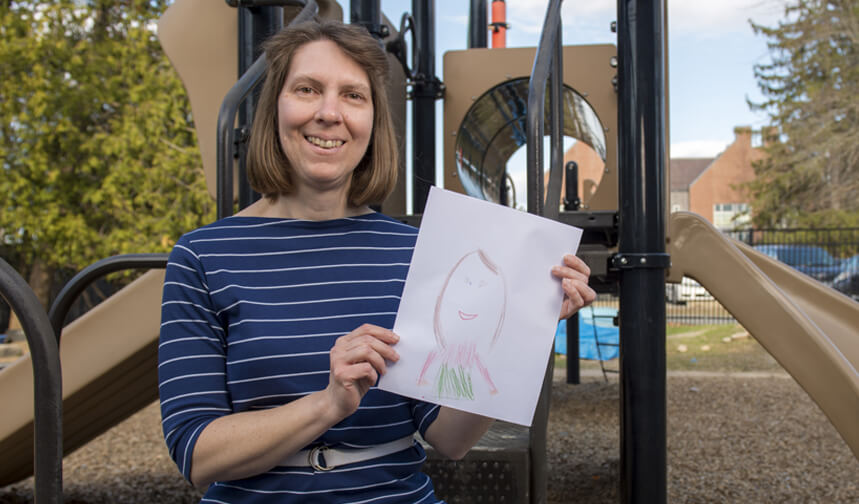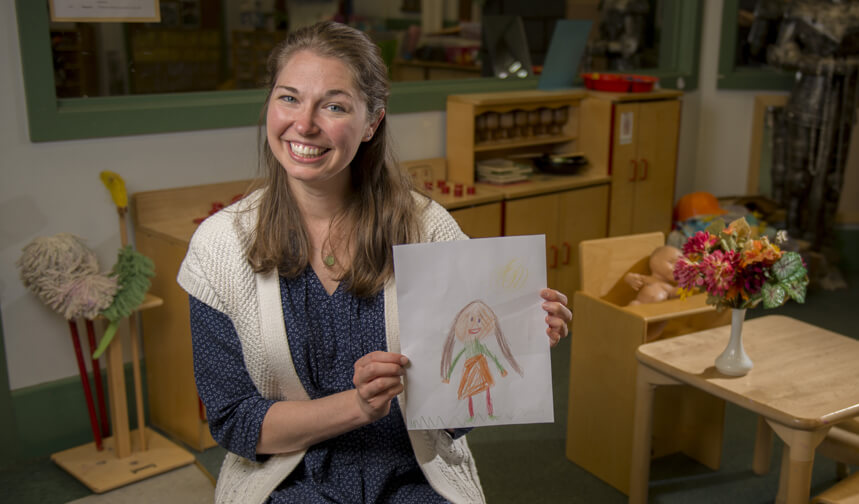On a car ride home, Douglas Nangle’s 12-year-old daughter and her friend were sitting in the backseat, their noses glued to their smartphones as they chatted about the “likes” they’d received on the cat photos posted to their social media profiles.
Left unsaid: the mutual understanding of the meaning behind each of those likes.
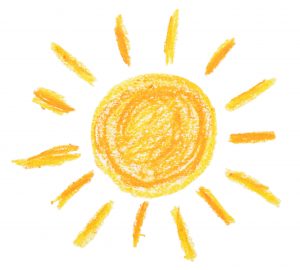 “I’ve only got five likes on this one, but one is from Sarah.”
“I’ve only got five likes on this one, but one is from Sarah.”
“Oh really? You got one from Sarah?”
For a researcher like Nangle, who has been studying the interactions of children for over two decades, the exchange is particularly fascinating.
“They are not only analyzing how many likes they got, but also who sent them,” says Nangle, a University of Maine professor of psychology and director of the Clinical Training Program. “It was a whole conversation that seems pretty silly on the surface, but they were processing the information at an incredibly detailed level, balancing the number of likes and the relative social standing of the senders and what that said about them.”
In the 20-plus years since Nangle and Cynthia Erdley, a UMaine psychology professor, began studying the science of children’s friendships, much has changed in the understanding of how these early relationships help — and, in some cases, hinder — social adjustment. Through their seminal research, Nangle and Erdley have been major contributors to the understanding of the core functions of early peer relationships, and the implications of the game-changers through the years, including the rapid rise of technology and social media. Together, they have collaborated on numerous publications, including two books — one on the role of friendship in psychological adjustment and another on the clinical assessment of social skills.
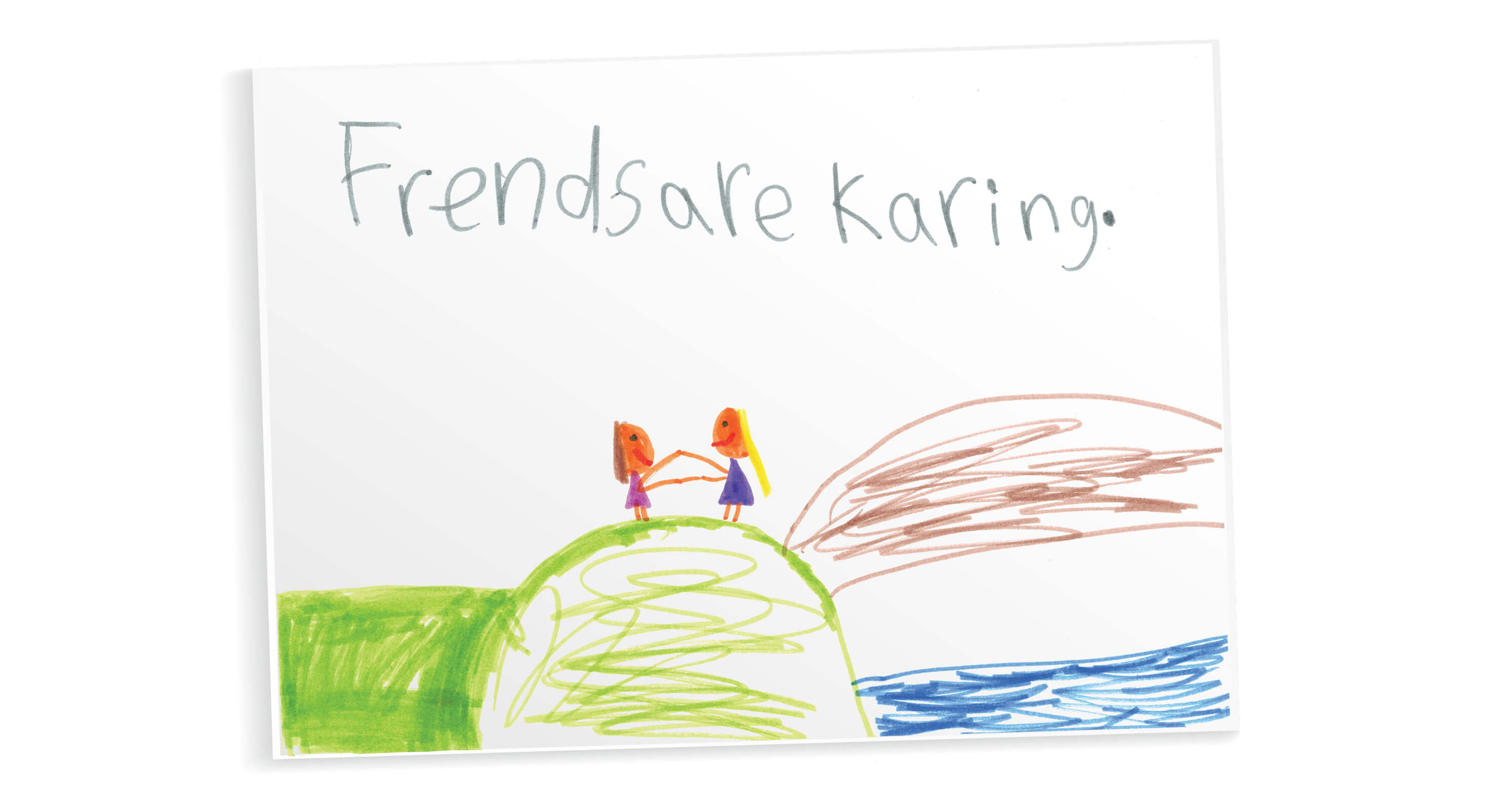
Two years ago, the UMaine psychologists were joined by assistant professor Rebecca Schwartz-Mette, whose research also focuses on peer relationships. Together, the scientist-practitioners are working to develop crucial social intervention programs to help youngsters and youths build more positive friendships in a world that is more complex than ever.
The three have published a practitioner’s guide to understanding depression in childhood and adolescence and are currently working on a new book which will explore how social behaviors and skills impact adjustment through childhood and adulthood as well as their role in certain psychological and developmental disorders, like depression, aggression or anxiety. The volume will highlight the intervention programs that have been developed to help aid in these social challenges.
“One is the magic number. One friend makes the difference.” Cynthia Erdley
“For a long time, there was a focus on trying to change kids’ social behavior to get them liked by more of their peers in general,” says Nangle. “But changing social status at the group level is difficult and these programs did not always have as much success as people had hoped for. Now, instead of trying to get a kid liked by everyone in their class, some are trying to help them become better participants in the friendships they do have.”
A friendship, as defined by peer relationship researchers, is a dyadic relationship distinguished by “reciprocated positive nominations.” Put simply, two individuals are friends if they both like one another and identify each other as a friend. Equality and mutuality are the relationship’s defining characteristics, Nangle says.
Childhood friends are important because they help shape the way we think, the way we see the world and the behaviors we engage in. In many ways, we are the company we keep — the good and the bad.
Friendships provide children with something they cannot get from the other important relationships in their lives, such as parental bonds, because their friends are often on equal footing. As children grow older, their friends become an important source of social and emotional support.
Early research into children’s relationships focused on peer group acceptance — how popular a child was among peers — rather than the more nuanced one-on-one relationships. In the ’70s and ’80s, it was generally understood that positive peer group acceptance predicted more positive behavioral outcomes. That is, the popular kids tend to be friendlier, more generous, cooperative and empathetic, while youngsters rejected from the social group tend to be more aggressive, disruptive or hostile. They also are more lonely and have more depressive symptoms, according to Erdley.
But as social researchers began to look closer at interactions between individual children in the 1990s, a more complex picture surfaced. Among those researchers were Nangle and Erdley, who focused on the “protective role” of children’s friendships.
Peer group acceptance and friendship are related. Children and adolescents who are more accepted are more likely to have more friends. But friendships, in their own right, are distinct, meaningful, and have a direct relationship to feelings of loneliness, and in turn, depressive symptoms.
“We ended up finding out that friendship more strongly predicts to adjustment than peer group acceptance does,” Erdley says. “It’s probably not too common to find somebody who is depressed and not also lonely.”
Having just one friend is often all it takes to reap these protective qualities.
“One is the magic number. One friend makes the difference. You don’t seem to be any better off with three or five or more friends, but there is a huge difference between zero and one,” Erdley says. “We know that children who don’t have friends are more likely to be bullied by peers.”
While even youngsters with friends can be victims of bullying, the risk for negative outcomes, including low self-esteem, depression and anxiety, decrease if a child or adolescent has a friend — someone to turn to for comfort, support and, most importantly, validation.
Being accepted by a group of peers gives us feelings of inclusion and community, says Nangle, but friendships give us more. With friendship comes a mutual expectation of support.
Some of the core functions of a friendship include companionship, help, loyalty, nurturance, validation, affection and intimacy. Early friends are often the first sources of these social and emotional qualities outside of immediate families.
“Friends help us learn positive social skills,” Erdley says.
In many ways, the friendships we forge on the playgrounds and neighborhoods of our youth become important training grounds for relationships later in life. Skills such as communication, conflict resolution and intimacy are learned and honed in our early friendships.
For example, disagreements are a part of every relationship, but youngsters and youths with friends tend to be better at conflict resolution, which becomes crucial in adulthood, not only in interactions with family members and friends, but co-workers and other people in our lives.
“When friends fight, they care about the relationship and they want to preserve it,” says Erdley. “Skills like negotiation and communication become important.”
Early friendships also can be important predictors for romantic relationships later in life.
“We know there is a continuity between high-quality friendships as a young kid and high-quality dating interactions as a young adult. And if you have high-quality friendship and dating interactions, you’re more likely to have high-quality interactions in your marriage,” Nangle says.
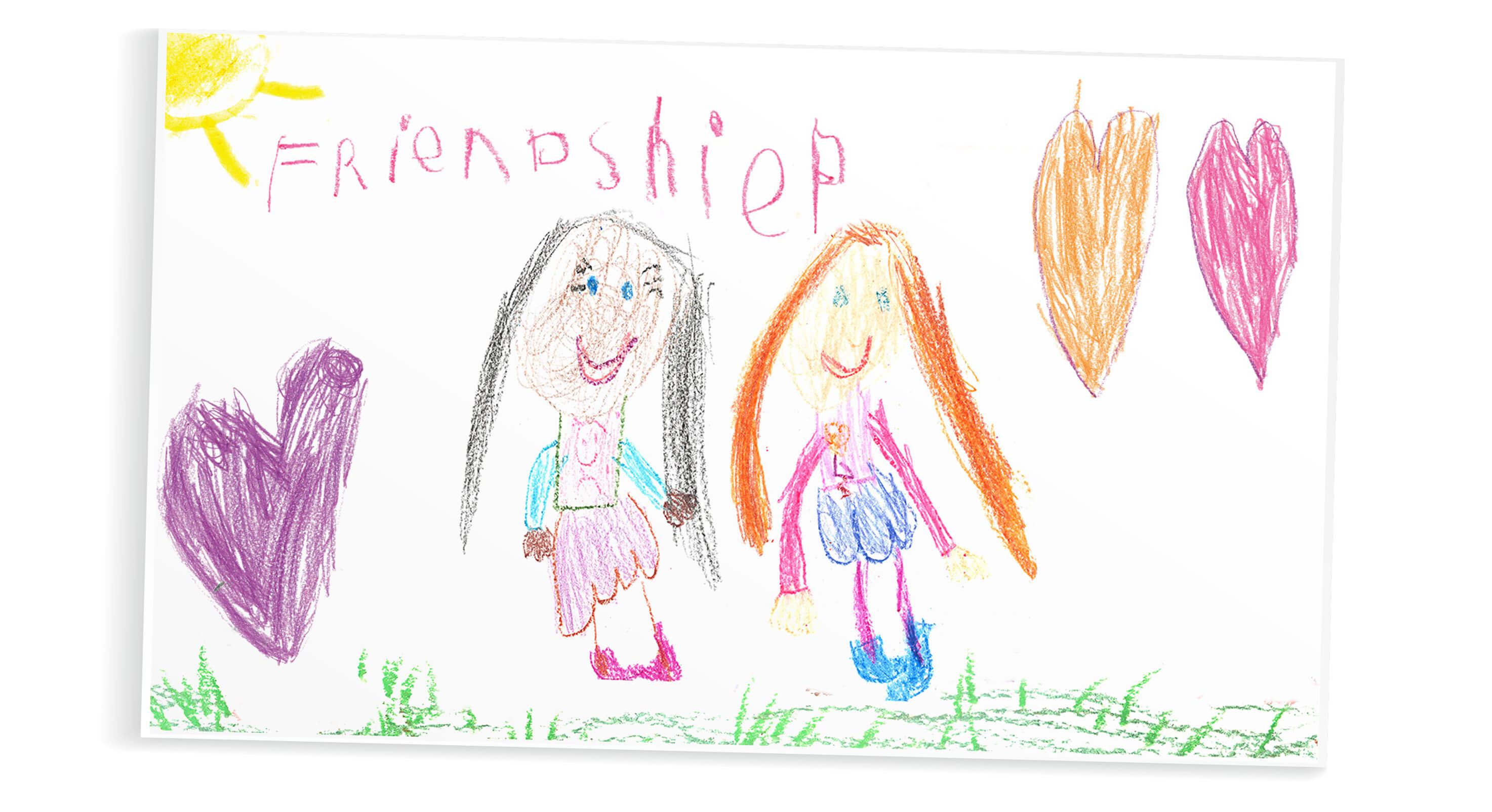
Friendships are an important source of support during life’s many transitions. In the case of schoolchildren, peer relationships also can have an impact on students’ academic, social and emotional success in school.
While studying the transition of adolescents into middle school, Erdley and her colleagues discovered that both the quantity and quality of a student’s friendships during elementary school predicted loneliness and self-esteem when entering middle school, as well as academic performance.
Others’ research has shown similar results. Kindergarten children who had more friends or who were able to make new friends at the beginning of the transition into school developed a more positive outlook and showed greater academic gains throughout the year. Additionally, academic success and extracurricular involvement of older students can be predicted by the same qualities in their friends.
“I think that peer relationship research has uncovered what humans have probably known for generations about the social provisions we get from friendships,” says Schwartz-Mette. “It all boils down to the simple fact that having a friend scratches that very basic human itch we all have — needing to be accepted and to have a connection with other people.”
Meaningful friendships equip us with the social armor that protects against deeply seated fears of not being accepted and gives us tangible proof that who we are is OK, and we are loved.
“Having a friend, even just one friend, unconsciously communicates that you are connected and you are worth it,” says Schwartz-Mette. “You are part of the fabric and you’re not on the outs.”
While friends and friendships may change dramatically throughout a lifetime, those social provisions of friendship — companionship, validation and greater self-esteem — are important no matter the stage of life. While they are particularly crucial when coming into one’s own during childhood and adolescence, they also are important during crossroads in later life, says Erdley.
“In a time when you’re losing some of your roles — perhaps you are retiring, your kids have moved on, or maybe your spouse is no longer with you — you’re still looking for that connection with somebody,” says Erdley. “You’re still trying to enhance that feeling of, ‘Wow, this person wants to be with me, this person enjoys being with me, I must be somebody good.’”
Understanding the dynamics of children’s friendships is just as important when it comes to helping youth deal with the downside of early relationship building.
“In the early 2000s, people were really looking at friendships as an all-good thing,” says Nangle.
“We used to think that if you did all the things that the socially competent kids did, then other kids would like you. However, (Erdley) and I found that that was not necessarily true.”
Children and youth who are less popular don’t necessarily admire the most socially competent kids. Rather, they gravitate toward those more like themselves, with common behaviors, attitudes, interests and ethical principles.
And once a bond is formed, pairs of friends tend to grow more similar to each other over time; for better or for worse.
In recent years, peer relationship research has begun to look into the less-than-positive qualities. In this “dark side” of friendship, children who form close relationships with those who exhibit delinquent behaviors or depressive symptoms are more at risk of developing the same problems.
“You can feel really close to someone and feel supported by them, but their engagement in certain risk behaviors confers a risk for you to also develop those behaviors,” Schwartz-Mette says.
Depressive symptoms can be contagious and can pass from one friend to another.
“The risk for depression in childhood is roughly equal for boys and girls,” Schwartz-Mette says. “At adolescence, that risk increases, but for girls it increases much more sharply.”
This disparity continues into adulthood. A female’s risk of developing depressive symptoms is twice that of males, and women are more likely to experience one or more periods of depression in their lives.
A social mechanism called co-rumination may in part explain both the contagious and gendered nature of depression.
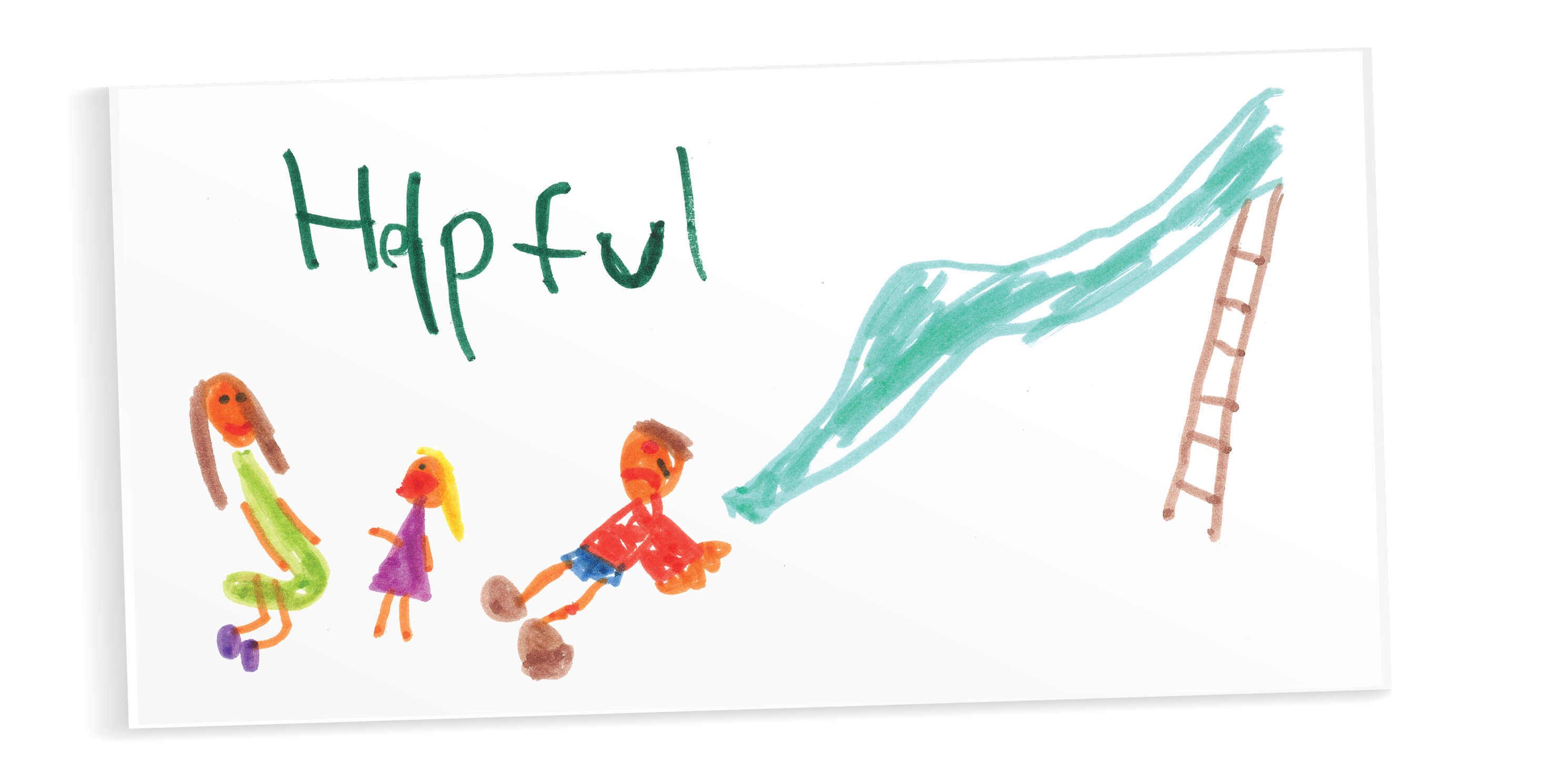
Co-rumination is the excessive discussion of problems between a set of friends, and it encompasses both positive and negative traits of friendship. All people share problems with their friends on some level. It’s a natural part of building trust and intimacy in a relationship, but can have some unintended and serious consequences.
“It’s a process that makes friends feel pretty close to one another, but it also, unfortunately, increases emotional adjustment problems like depression,” says Schwartz-Mette.
Research by Erdley and other psychologists has shown that girls’ friendships are generally characterized by a greater exchange in emotional provisions. They tend to place more emphasis on intimacy, disclosure and emotional support in friendships. For girls, friendships are a greater source of self-definition, according to Erdley. Co-rumination is also much more frequent in girls’ friendships.
Girls who engage in a lot of co-rumination report having high-quality, intimate friendships, but at the price of greater feelings of depression, says Erdley.
“What we found was that co-rumination was sort of a missing piece of the puzzle in understanding why girls, adolescent girls in particular, are at an especially high risk of depression,” says Schwartz-Mette.
Boys who co-ruminate appear to experience the increased feelings of intimacy and connection, but don’t seem to have the negative trade-off of being more depressed.
“We might have uncovered a hidden strength of boys’ friendships,” Schwartz-Mette says. “They seem much more focused on solving rather than internalizing the problems.”
Schwartz-Mette thinks research into co-rumination has a lot to offer in helping explain the gender differences in depression. It also can help researchers understand the contagion effect of not only depression, but also self-harm and suicide.
“If you spend a lot of time talking about it, maybe it raises the level of importance and it starts to impact behavior,” she says.
This is a particularly important issue for a rural state like Maine, where access to mental health care is limited and the risk of depression and suicide in youth is higher than the national average, according to Schwartz-Mette.
“Wouldn’t it be great if we could understand the unique needs of this population? To figure out what we can do for the schools, and provide good evidence-based services for the kids who really need it,” Schwartz-Mette says.

